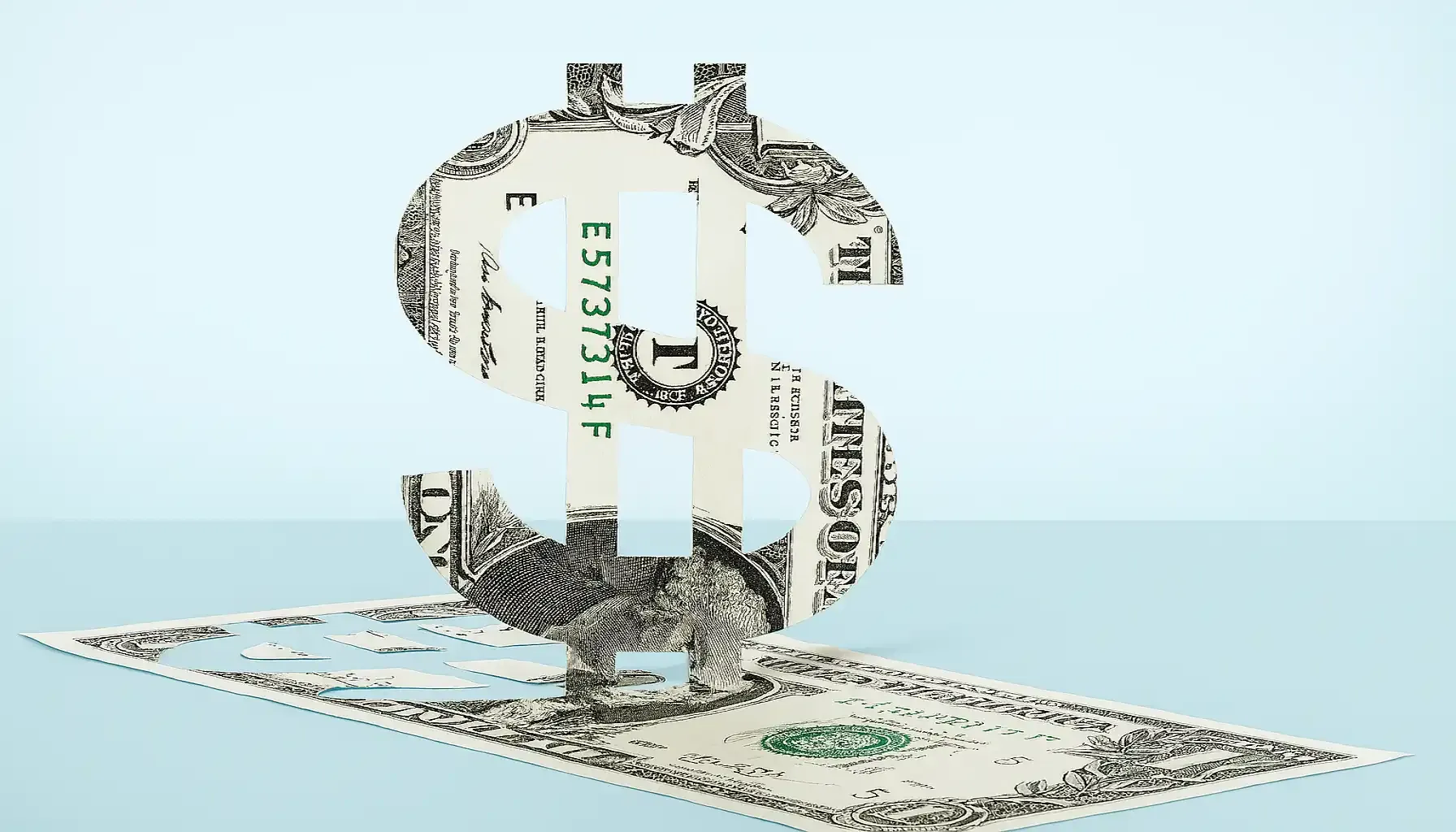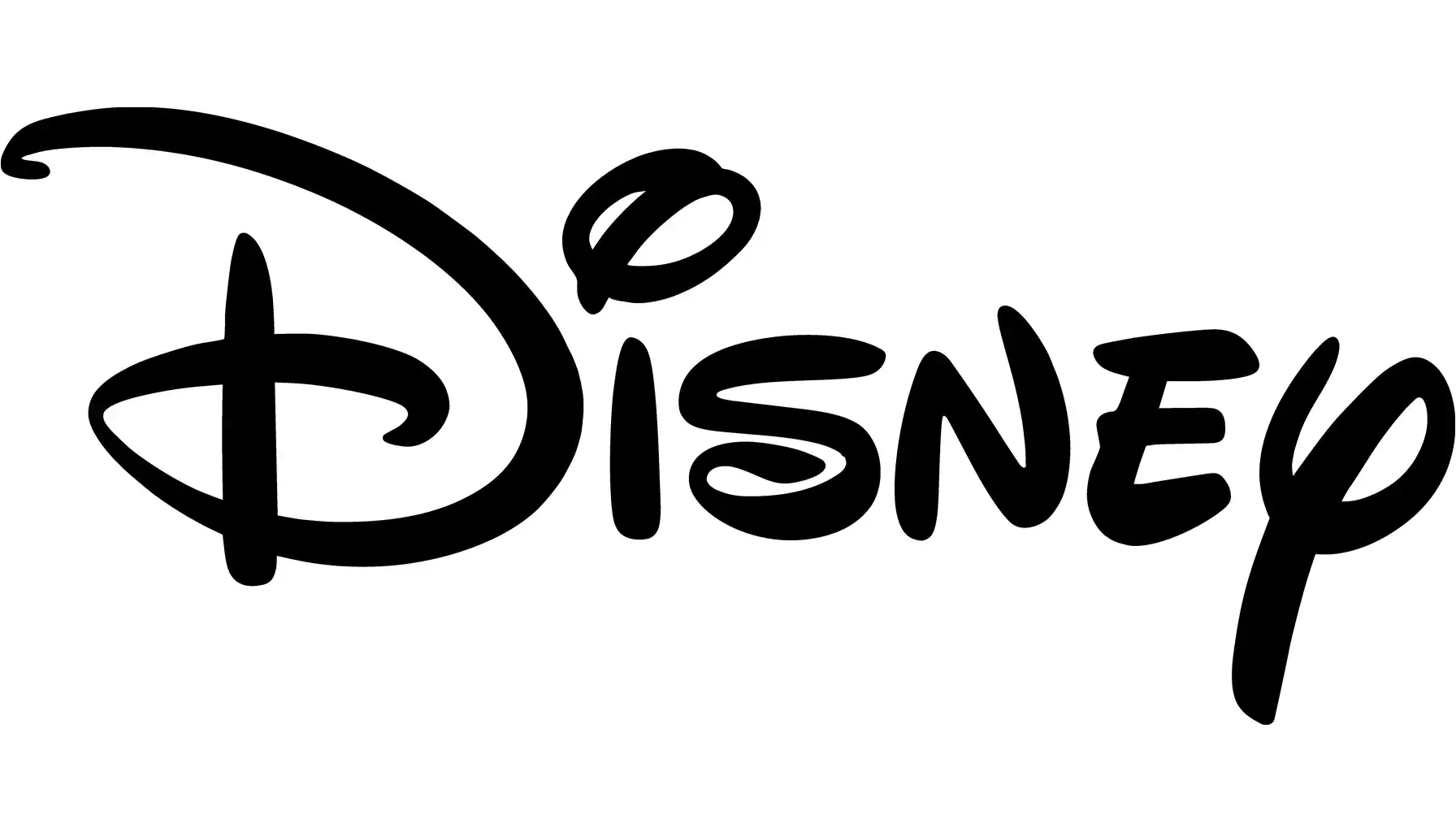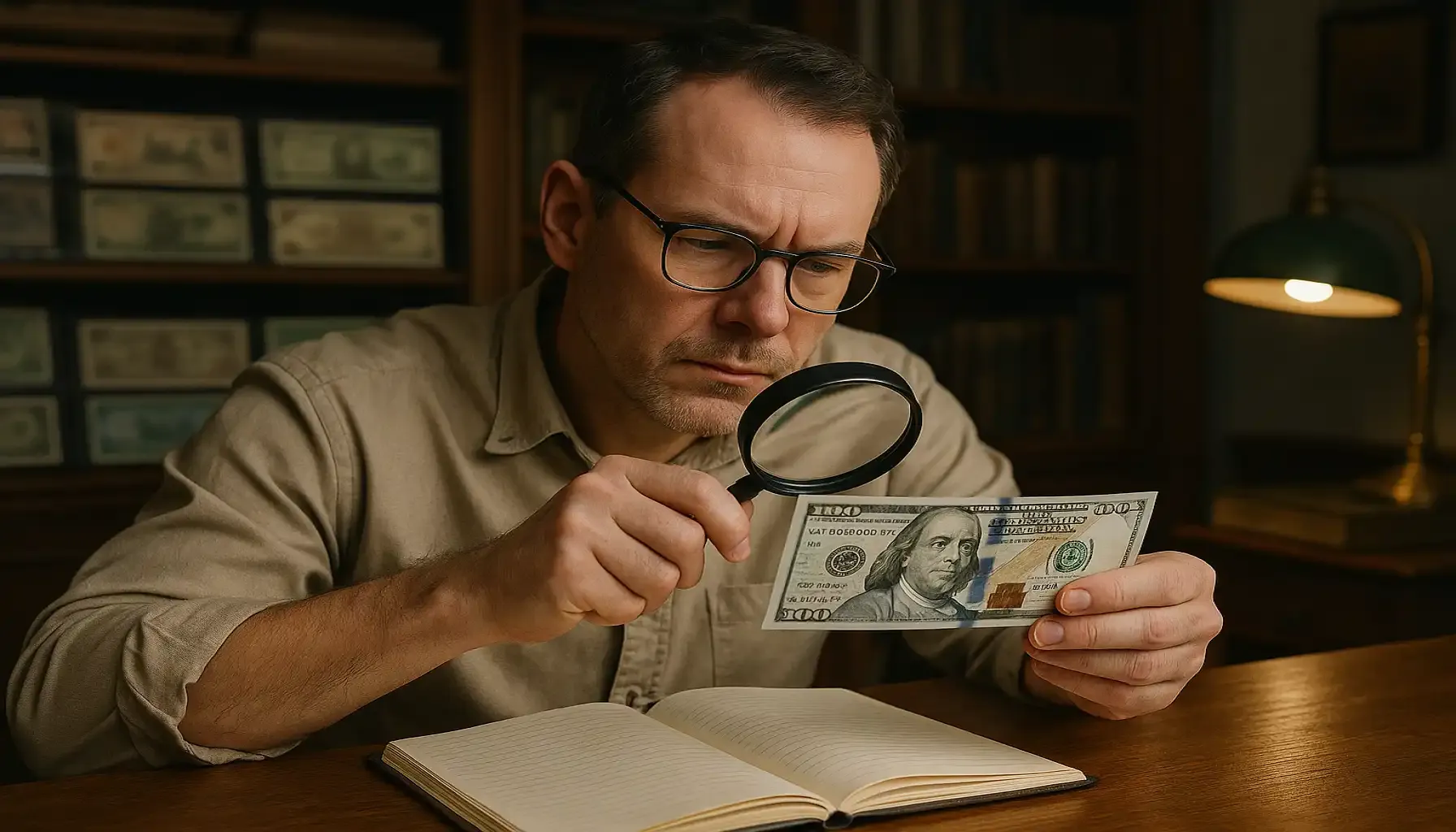Contents:
You might have a small coin in your pocket right now that is disguised as an ordinary 1979 quarter. But unbeknownst to many, these coins carry significant historical value and, in some cases, monetary worth far exceeding 25 cents. Today, we want to tell you more about the 1979 quarter and try to answer the question ‘How much is a 1979 quarter worth?’
Historical Background
The year 1979 was a turning point in American numismatics. The U.S. Mint was making bold moves with new coin designs and experimenting with materials—all while the nation grappled with economic challenges and social change.
In a bid to modernize U.S. currency and honor a pioneering figure in women's rights, the Mint released the Susan B. Anthony dollar. Unfortunately, the coin's size and composition closely resembled that of the quarter and led to confusion. Vending machines couldn't tell the difference, and neither could many people. The coin was often mistaken for a quarter. This, in turn, diminished its intended utility.
This confusion inadvertently made the quarter popular itself. Amid the chaos, the 1979 Washington quarter continued to be the workhorse of everyday transactions, but it also began to pique the interest of collectors (especially 1979 misprint quarter) because of unique characteristics and errors that emerged during its production.
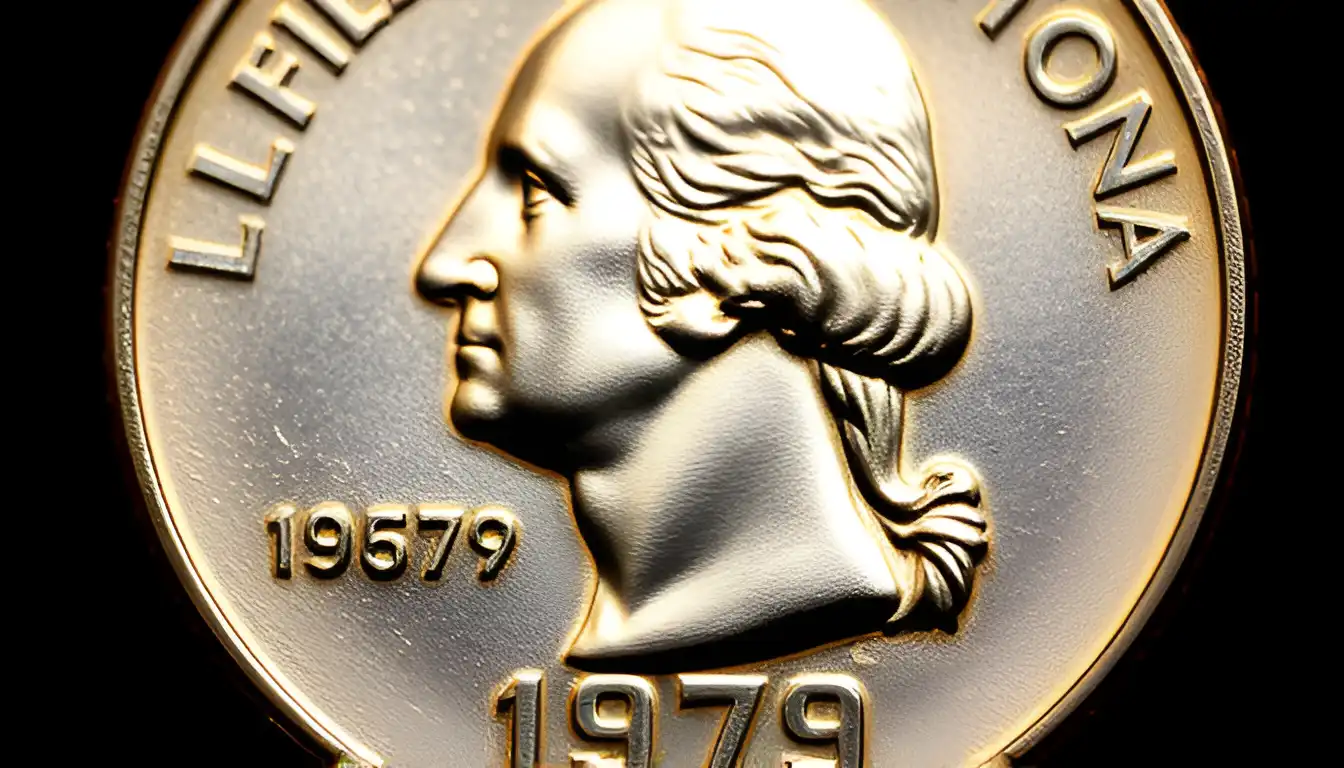
You can try to find all these coins in Mid American Rare Coin Galleries, as they have rather big collections of different coins for selling. Moreover, they are always interested in buying something new.
Mint Marks
Every coin minted in the United States has a mint mark—an initial or symbol that indicates where it was produced. These small letters can have a big impact on a coin's rarity and value.
Philadelphia Mint (No Mint Mark)
Characteristics: Coins minted in Philadelphia in 1979 carry no mint mark. At the time, it was standard practice for the Philadelphia Mint to omit one on quarters.
Collectibility: These coins are rather common. But they hold their 1979 quarter value no mint mark for being representative of the mainstay production. Collectors might seek out uncirculated examples.

Denver Mint ("D")
Characteristics: The 1979 D quarter features a "D" mint mark. This signifies that it was produced at the Denver Mint.
Filled Mint Mark Phenomenon: Some of these coins display a "filled D" (1979 D quarter filled mint mark) where the mint mark appears clogged or blob-like. This happens due to grease, dirt, or debris filling it on the die.
Collector Interest: The 1979 filled D quarter intrigues collectors who specialize in mint errors. They are not exceedingly rare but these coins can be more valuable than their standard counterparts, especially if in excellent condition.
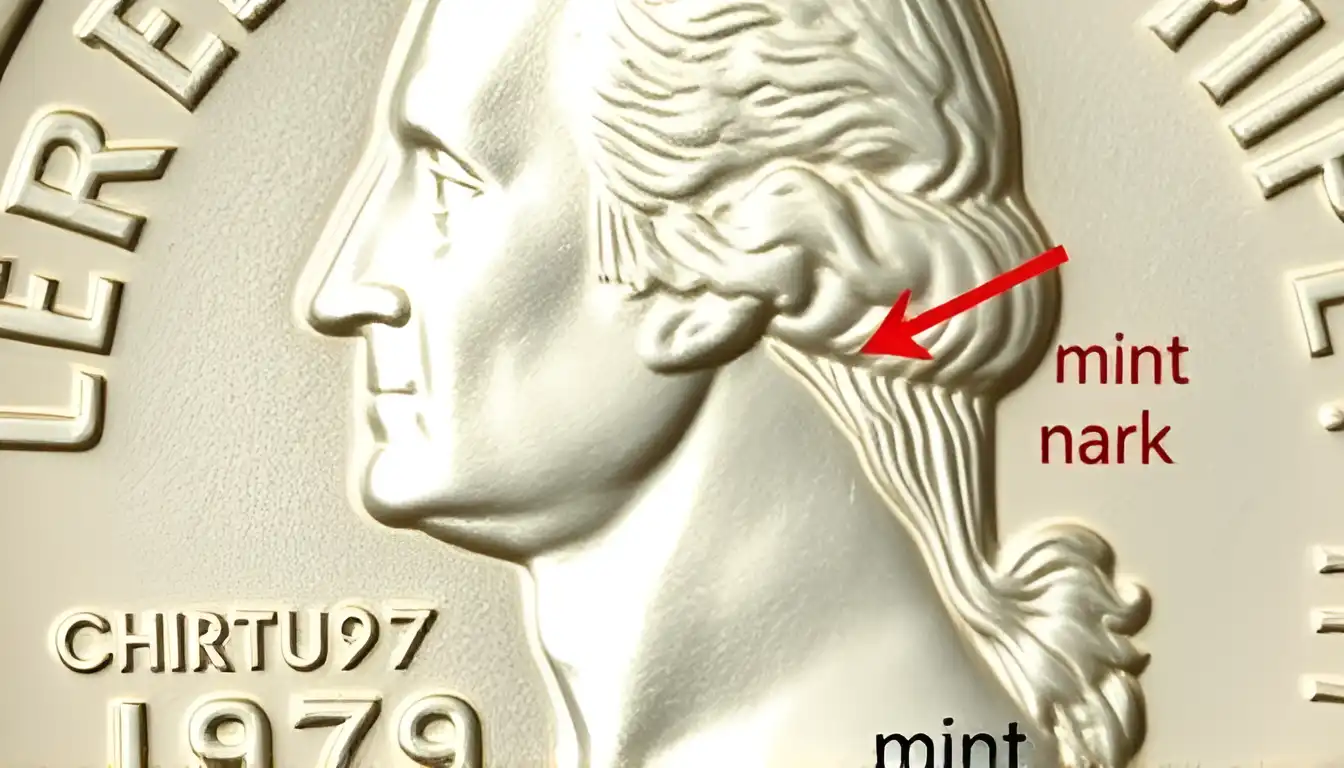
San Francisco Mint ("S")
Characteristics: Quarters from the San Francisco Mint bear an "S" mint mark and are typically proof coins, not intended for circulation.
Type 1 and Type 2 Variations:
Type 1 ("Filled S"): “S” appears blurry or filled in due to a worn-out punch.
Type 2 ("Clear S"): Introduced partway through the year with a new punch, resulting in a sharp, clear "S".
Value and Rarity: The Type 2 is considerably rarer than the Type 1. The 1979 quarter dollar value of these types, by their nature, is higher, and they are already more desirable due to their strike and finish.
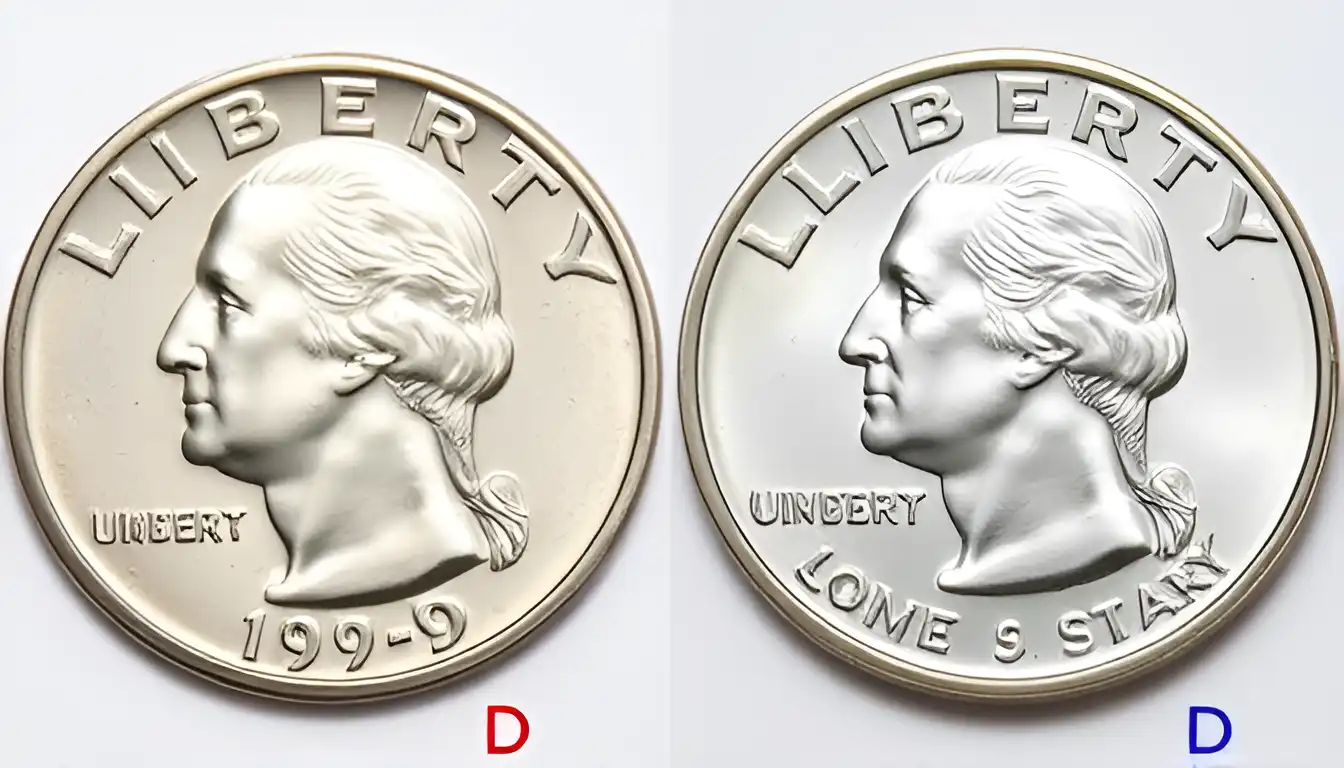
1979 Quarter Error List
In the coin-collecting world, errors can make a difference, for example, think of error pennies. Here are types of errors found in the quarter 1979.
Off-Center Strikes: Coins where the design is not properly aligned results in a portion of the design missing from one side and a blank area on the opposite edge. The degree of misalignment can affect the coin's value—the more dramatic, the better.
Clipped Planchets: Occur when the metal strip from which blanks are punched overlaps or misfeeds. These coins will have a crescent-shaped clip along the edge.
Die Breaks and Cracks: Manifest as raised lines or blobs on the coin's surface due to cracks or breaks in the die. A significant die break can create a "cud," where a substantial part of the design is missing.
Filled Die Errors: As with the filled mint marks, e.g., 1979 quarter filled D, grease or debris can fill parts of the die. This leads to coins with missing or faint details, e.g., the date or lettering.
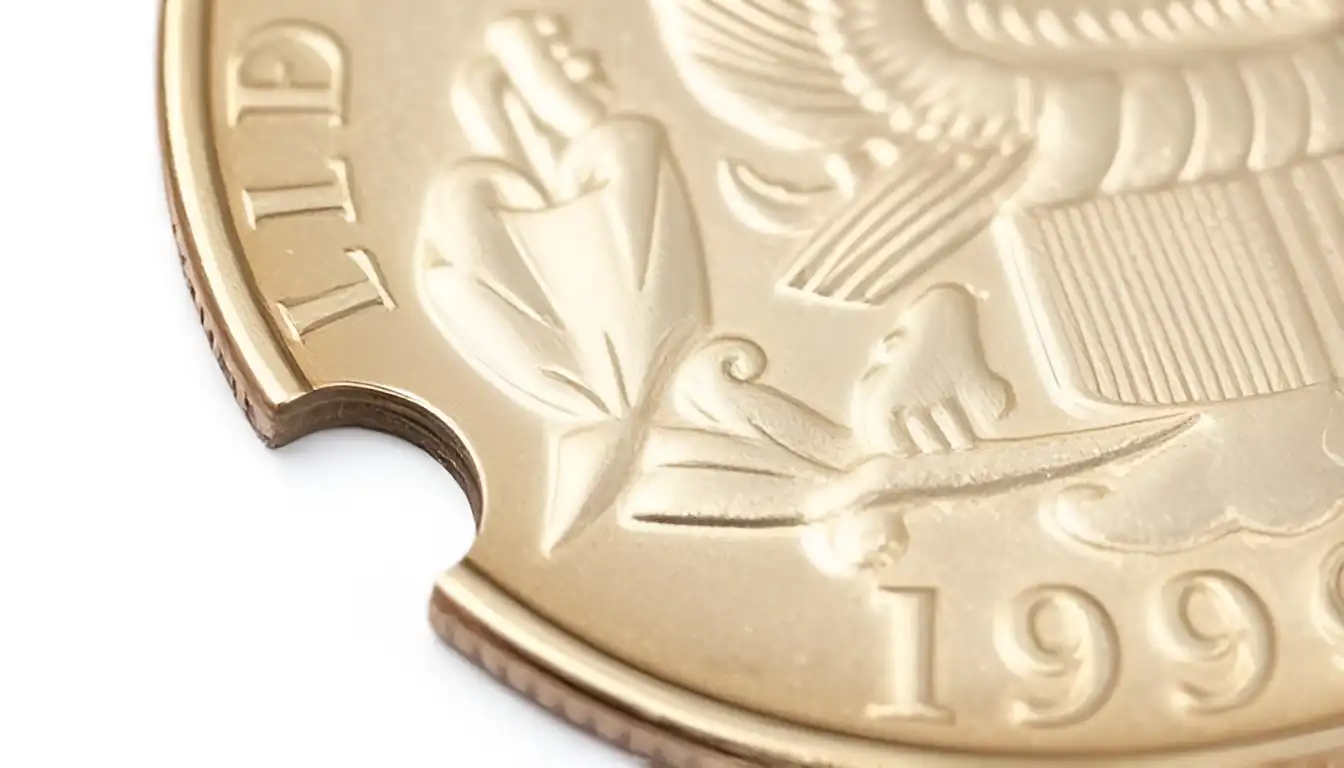
Collectors often ask, "Is a 1979 quarter worth anything if it has misprints?" The value depends on the error's rarity, visibility, and the coin's condition. Minor errors might add a few dollars to the coin's value, while major errors can command prices from $50 to several hundred dollars.
What Is the Value of a 1979 Quarter?
To understand how much is a 1979 quarter dollar worth, you should involve assessing several key factors.
Condition (Grade)
Circulated Coins: Show signs of wear from use in transactions. Unless they possess notable errors or are uncommonly well-preserved, they usually hold only face value.
Uncirculated Coins: Coins that have not entered circulation and exhibit no wear. They can be from Mint State (MS) 60 to MS70. The higher grades - the better condition.
Proof Coins: They are specially minted for collectors. They feature sharp details and a mirror-like finish. Graded from Proof (PR) 60 to PR70.
Mint Mark and Type
1979 Quarter D: A standard coin unless featuring a filled one or error. The 1979 D quarter filled mint mark value is rather higher than ordinary ones.
1979-S Proof Quarter: Type 2 proofs are rarer and more valuable than Type 1.

By the way, what is the 1979 quarter no mint mark value? If you compare them with other ones, these ones are the cheapest, as they are more common. However, you should keep in mind other factors that may influence the price.
Errors and Varieties
Filled Mint Marks: Both the filled "D" and "S" mint marks can enhance a coin's value. This means, for example, that the 1979 D quarter value will be higher if it has filled one.
Notable Errors: Coins with significant minting errors are highly assessed.
Market Demand
Coin values are also influenced by the current market demand. A coin might be rare, but if there's little interest among collectors at the time, its value could be lower than expected. Conversely, a surge in interest can drive up prices.
That’s why we recommend that you check how much is a 1979 quarter worth in 2021 - 2025.
Approximate Values for 1979 Quarters
Here's a more detailed breakdown to answer the frequent query, "What is a 1979 quarter worth?"
Coin Type | Condition | Estimated Value |
1979 No Mint Mark Quarter Value | Circulated | $0.25 |
MS60 - MS63 | $0.50 - $1 | |
MS64 - MS66 | $2 - $10 | |
MS67 and above | $50 - $200+ | |
1979-D (Denver) | Circulated | $0.25 |
MS60 - MS63 | $0.50 - $1 | |
MS64 - MS66 | $2 - $10 | |
MS67 and above | $100 - $300+ | |
1979-D Filled Mint Mark | Circulated to MS66 | $1 - $20 |
MS67 and above | $50 - $150+ | |
1979-S Type 1 Proof | PR60 - PR69 | $2 - $10 |
1979-S Type 2 Proof | PR60 - PR69 | $15 - $50 |
PR70 | $500 - $1,000+ | |
Error Coins (Various Errors) | Varies | $10 - Several Hundred Dollars |
Note: Values are approximate and subject to change based on the coin market. Try to check them out in a coin identifier by image.
Common Questions About the 1979 Quarter
How Much Is 1979 Quarter Worth Beyond Its Face Value?
It depends on its condition, mark, and whether it has any errors. Uncirculated coins, proofs, and error coins can be worth more than 25 cents.
How Much Is a 1979 Quarter Worth Today?
Circulated Coins: Generally worth face value.
Uncirculated Coins: Can cost from $1 to over $200.
Proof Coins: Type 2 proofs in perfect condition (PR70) can be worth $500 or more.
What Makes the 1979-D Quarter Special?
The 1979-D quarter is notable for instances of the filled mint mark error. 1979 quarter value D with a filled mint mark can be higher, especially if in good condition.
Where Is the Mint Mark Located on a 1979 Quater?
On the obverse (front) side, to the right of George Washington's ponytail, you'll find it—a small letter indicating the mint where the coin was produced.
Are There Any Silver 1979 Quarters?
No, quarters minted for circulation after 1964 are made of a copper-nickel clad composition. However, special silver proof sets were made in certain years, but not for 1979.

